Before we had the design for the cupboard finished I knew that the timber would have to be oak. It’s my favourite timber to work with so it usually is my first choice and for this piece of furniture it’s certainly in keeping with what was most commonly used in the period.
Initially I thought I would be using riven oak so that I could follow the process that would have been practised in Medieval times before saw mills however I’ve now decided that it will be made from sawn boards. When you rive oak and feel the ease and joy of it splitting apart it makes you feel like the tree has been designed specifically for our use as a material. It practically peels apart as needed and leaves you with boards of optimum strength and stability so you have a material that seems to work with you rather than something wild that you have to fight to tame. The down side to using riven oak is you can’t go out and buy it from the shop. Finding a supplier of oak tree trunks, selecting the perfect example for riving and having to buy the whole thing all make it quite an awkward and specialist process that is likely to cause some trauma the first time around. I’m really eager with this first furniture build on the blog to walk you through the whole process with photos and film so you’ll hopefully find it entertaining but also pick up a few bits that are useful in your own woodwork. I’m opting for sawn boards so the processes are more relevant, you might be surprised just how differently you work riven timber so I’ll save that for a separate piece later on.
Whilst I’m using sawn boards I still want to get as close as I can to that unique appearance and stability that the riven oak gives so I’ll be taking care to select timber that is as close to quarter sawn as possible. Technically a quarter sawn log is cut in to quarters first before the boards are sawn so it’s quite wasteful which adds to the cost and makes the boards quite narrow. I often find you can get the nicest, and widest ’quarter sawn’ oak from a log that’s just been flat sawn if you select the widest, centre board as the grain at this point will be nearly perpendicular to the cut. Often this board will have been ripped down the centre before drying or else it will no doubt have a large crack where the centre of the tree lies. Selecting a nice wide and long board should give you plenty of choice when you’re building a piece like this small cupboard, it won’t be perfect like riven timber but there will be some ray flecks and it’ll be nice and stable. The timber I’ll be using will also be air dried as the gradual drying process creates a material that’s far more enjoyable to work than the case hardened feel left by the kiln.
The photos in this post show some riven boards that I took out of a log last year. When I select the sawn boards for the cupboard I’ll be aiming to get an appearance as close to these as possible for the most visual parts.
 To see the cupboard design and hardware check back to our previous posts.
To see the cupboard design and hardware check back to our previous posts.

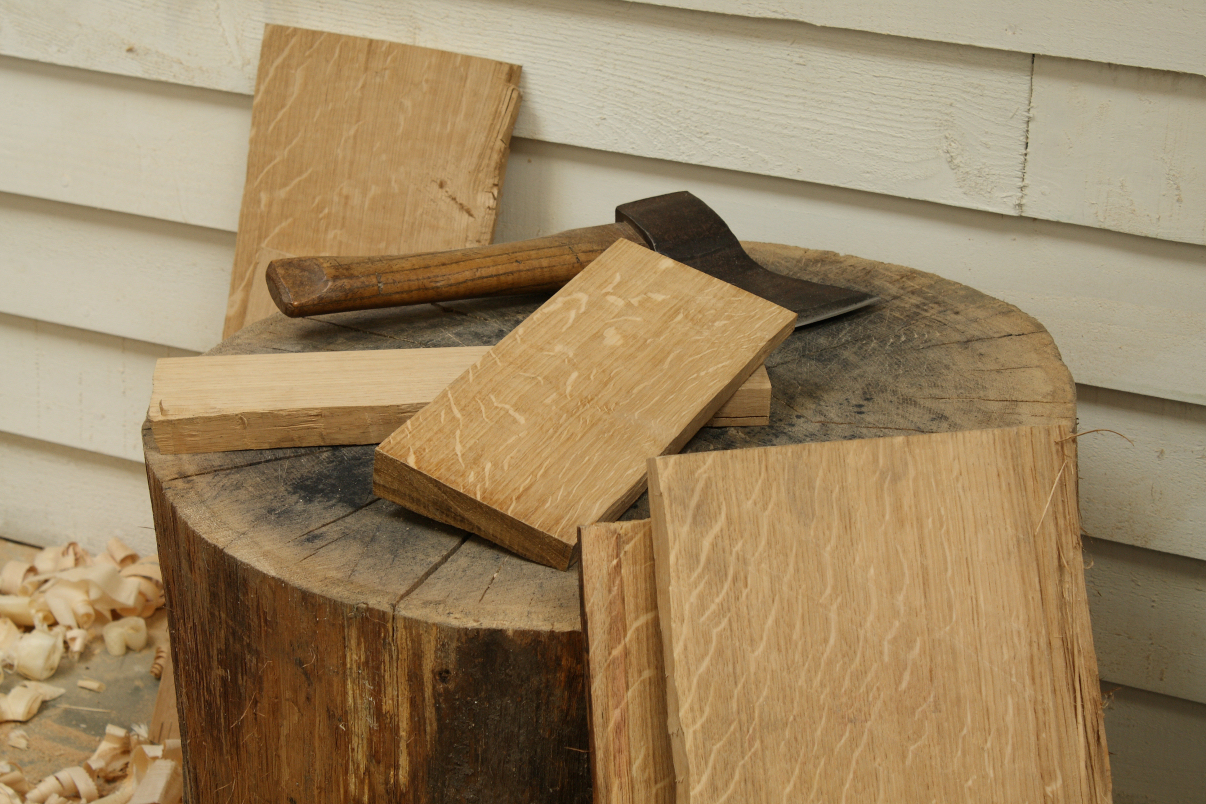
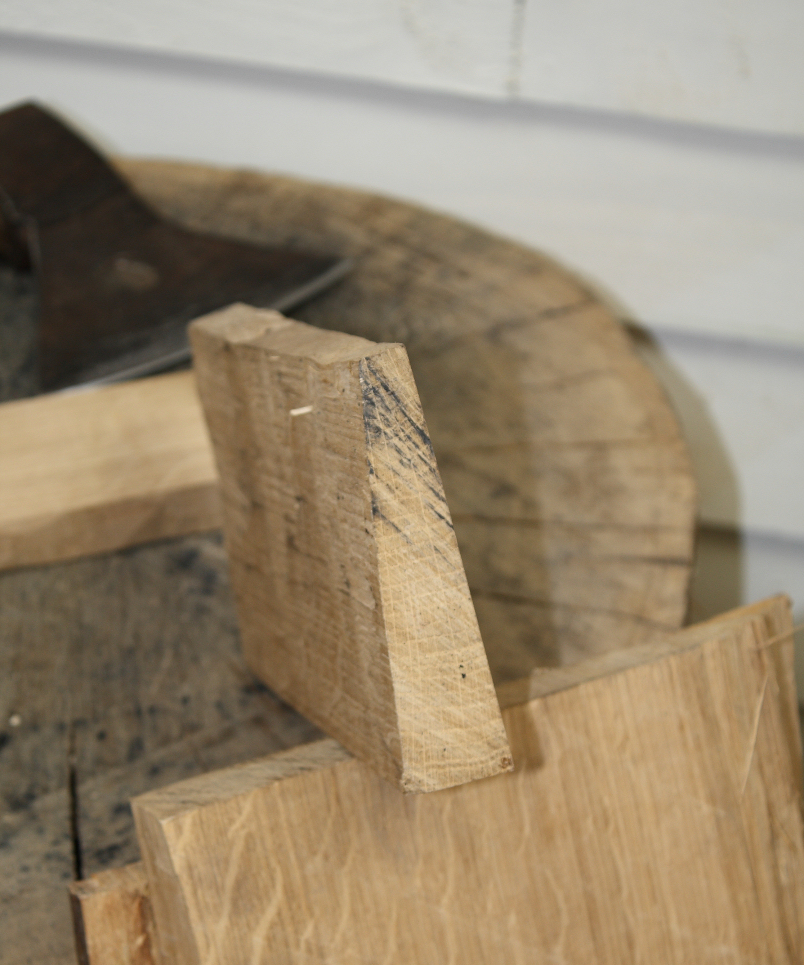
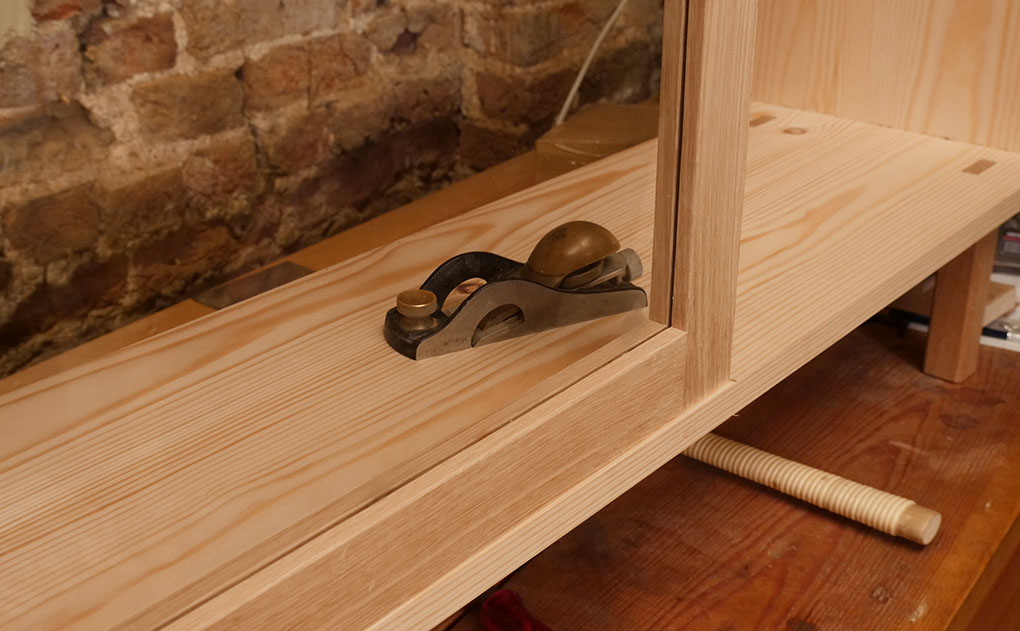
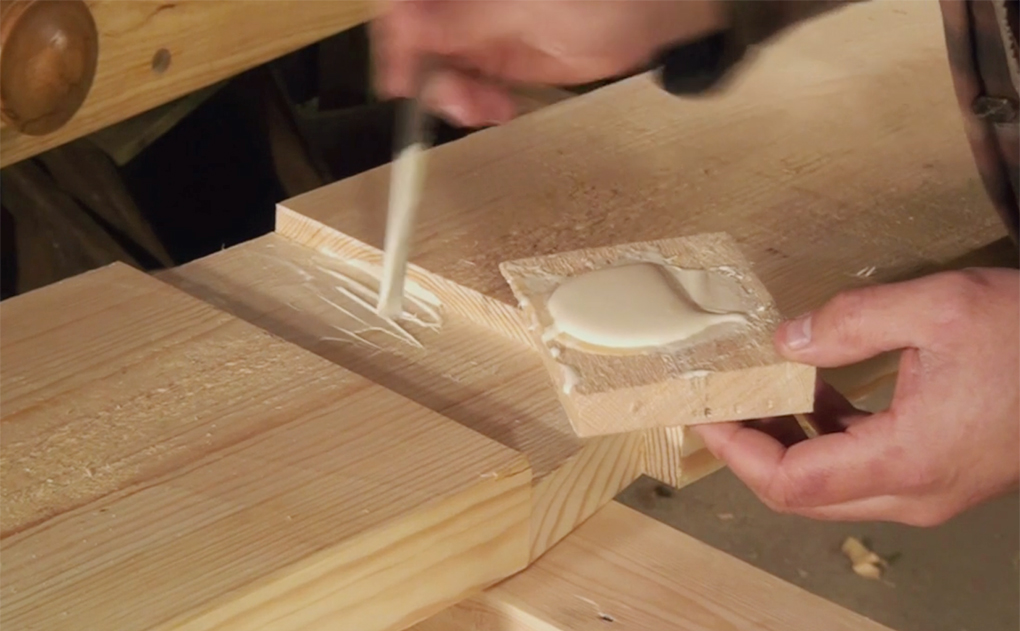
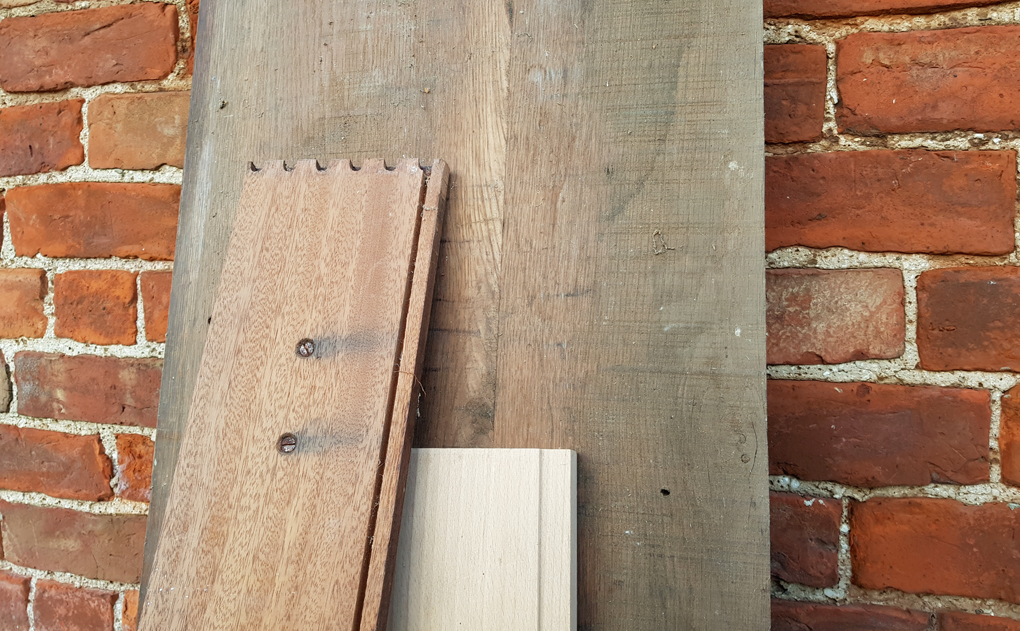
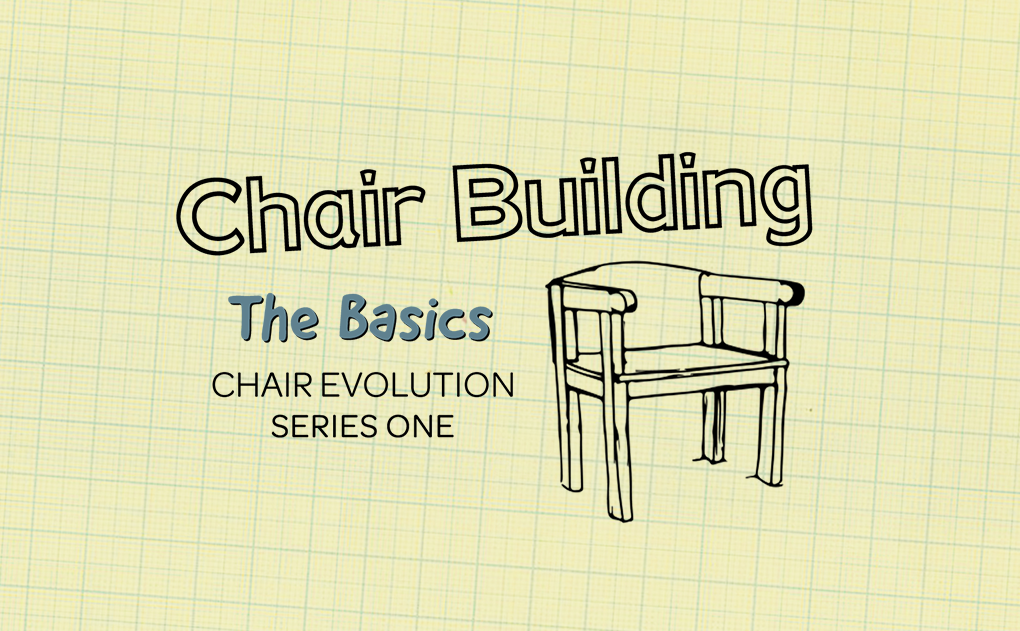
Thanks Richard, It will be great seeing you go through the process of building this.
I enjoy making smaller projects these days, sometimes they feel like they take more time than a big project. LOL.
Great job buddy keep em coming 🙂
Ken
Thanks Ken, I always look forward to making smaller pieces especially after some of the workbenches I build! There’s something lovely about working on something you’re able to pick up and hold at the end.
Looking FWD to watching this build. I like the way you write and put out info. Thank you.
Hi Dave, we’re really hoping to get stuck in to this soon so you shouldn’t have too long to wait. Thanks for the support.
Richard